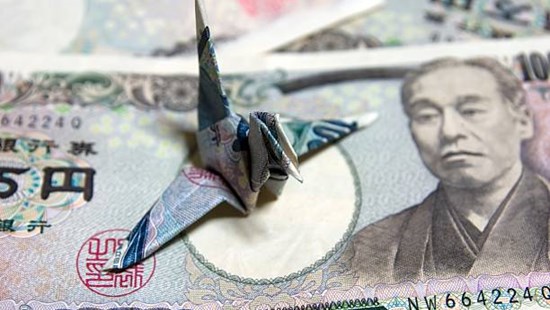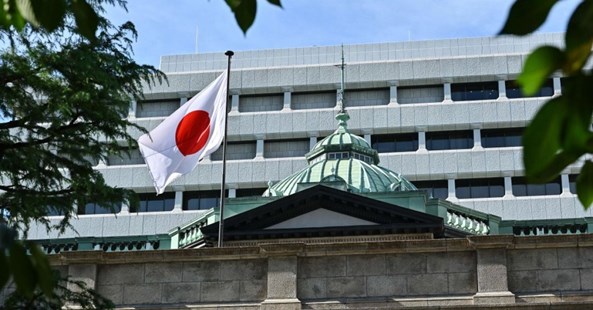
It seems to me that we have spent a lot of time thinking and writing about bonds and interest rates over the last 12 months, but given that the majority of our multi-manager portfolios have exposure to this asset class (corporate credit or government debt), it is only right.
We have seen huge moves in this asset class, and 2022 was particularly painful as the world adjusted to higher rates and inflation, and bonds fell accordingly, which makes them attractive from a valuation perspective in our view. I wrote another note last week entitled BARBIE (spoiler alert – the article is not about the film but rather stands for “Bonds Are Really Back In Earnest”), which covers this investment opportunity in more detail.
One market that we haven’t discussed in much detail recently is Japan, and specifically the Japanese bond market. Whilst we do not have a large exposure to this market, there has been an interesting change afoot in this region and we thought it was worthwhile highlighting.
Since 2016 the Bank of Japan (“BOJ”) has controlled its yield curve – or the shape of it - and basically suppressed short- to medium-term rates, which affect corporate borrowing.
The BOJ has come under criticism for distorting markets by keeping long-term interest rates anchored around 0%. They have managed this through a combination of monetary policy and buying lots of Japanese bonds themselves (Quantitative easing – where central banks buy government bonds to increase prices and push down yields) to the point where they now own in excess of 50% of all outstanding government issues.

The BOJ used this mechanism to try and get inflation and economic activity into the country – I think some developed market consumers today would say “careful what you wish for…” Japan has struggled with deflation since the Japanese “bubble” bust in the late 1980s, partly due to its ageing demographic and excess savings but also partly due to the disinflationary global macro backdrop.
So why are we talking about Japan? Well for the first time in years, the BOJ is allowing bond yields to rise more flexibly, reflecting accelerating growth and inflation. While the steps they have taken are not as large as the US or UK, for example, the BOJ has stated that the plus and minus 0.5% around zero will no longer be “rigid limits” but instead “references” in the bank’s market operations.
It should be highlighted that the BOJ’s approach to yield curve control is unique and has suppressed long-term real market rates and led to a significant depreciation of the Yen, helping boost exports and growth and easing financial conditions. Saying that, this could be too stimulative (thereby causing conditions similar to what we are currently seeing) if the BOJ reach the 2% inflation target it has tried so hard to achieve since 2016 (and failed).
Adjusting the limits to be more “flexible” has meant there has been some price movement on the Japanese Government Bonds (“JGB”), and as bonds are simple mathematical instruments, when yields rise, prices fall to accommodate, and we have seen this in the market.
As with all things bond related, the longer the duration, or time to maturity, the greater the pain (falling bond prices). On the back of this, short-dated JGB, such as the 2024’s, have been fairly sheltered and barely moved -0.05% in price since the announcement. Longer dated bonds, on the other hand, such as the 10-, 20- and 40-year JGB have fallen 1.2%, 4.5% and 8.3% respectively.
As we said, Japan is changing and bond markets have fallen on the news – and not just in Japan. US and European government bonds have also had a difficult week, partly due to the Japanese change of policy but also due to the other significant event this week: Fitch downgrading US Treasuries from AAA to AA+. This latter event has focused investors’ minds on the growing US debt burden and fiscal spending, which will necessitate a significant increase in US debt issuance over the coming months (a topic for another day). A risk for global bond (and equity) markets is that Japanese investors decide to sell their USD and other overseas bonds and buy their home bonds instead as they offer a more attractive yield for the first time in a long time.
Only time will tell, but we will be watching this to see how it 展開する.
For those that cannot read Japanese, the last word is “unfold” – I couldn’t help the origami pun.
Have a good week.

